Walking in Barcelona
Exploring Barcelona on foot: Las Ramblas, the Gothic Quarter, the Eixemple district, and the beach
The most important thing to pack for a trip to Barcelona, Spain is a good pair of walking shoes. Barcelona is an extremely walkable city with wide pedestrian boulevards. Many of the best tourist attractions are experienced simply by walking.
Walks down Las Ramblas, through the Gothic Quarter, and in the Eixample district are popular and interesting. And one can walk for miles along Barcelona’s beaches.
When in Barcelona this past summer, my sister and I used guided walk information from tour books to explore the city. I highly recommend such an approach. The guide information directs you to key points of interest, provides background, and identifies half-block or block detours off the main path that lead to attractions of note.
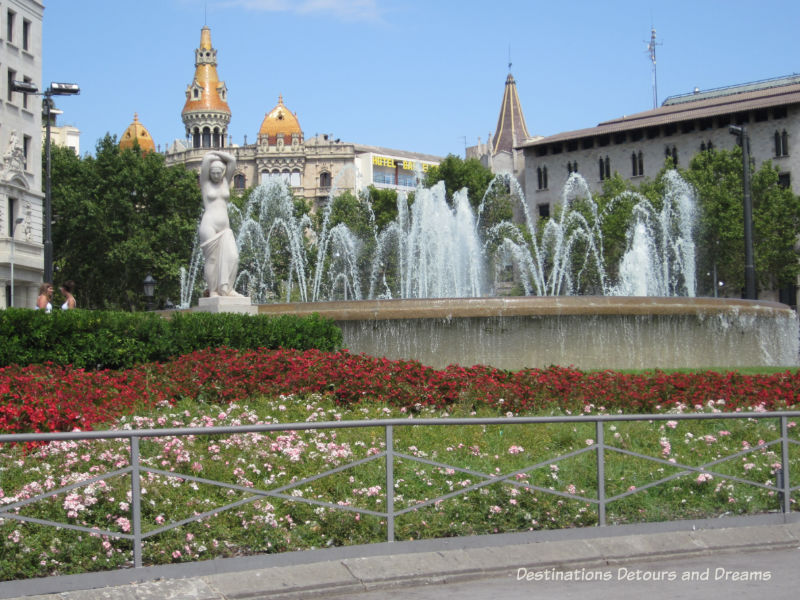
Plaça de Catalunya is a 12-acre square plaza with fountains, statues, and wide open spaces. It is Barcelona’s centre. Old Barcelona, with its narrow streets, sits to the south. The square marks what was once the edge of the old city walls. The walls were torn down in the 1850s, and Barcelona expanded to the north. This square was the starting point for most of our walks.
Las Ramblas
Las Ramblas is a 1.2 kilometre, tree-lined, pedestrian boulevard that runs from Plaça de Catalunya south to the waterfront. Pedestrians walk along the wide centre boulevard, averaging 60 feet across. Cars drive up and down narrow lanes on either side of the boulevard.
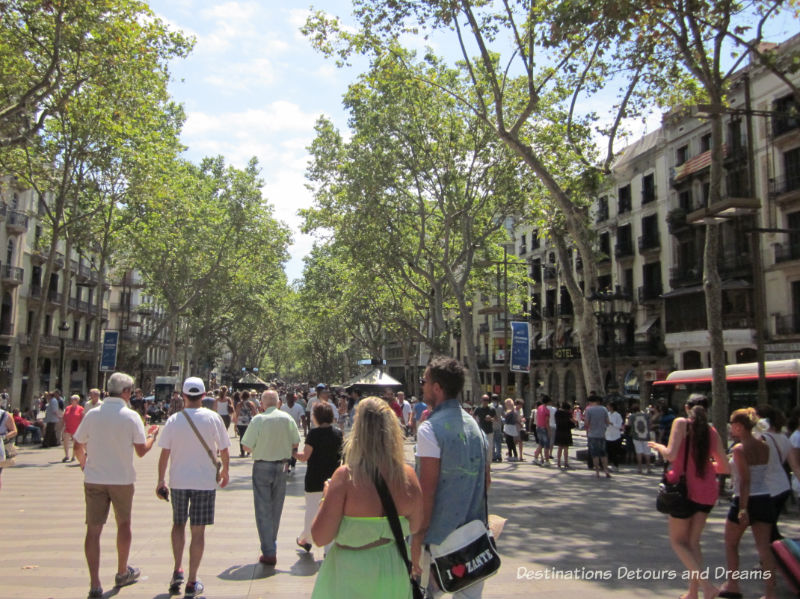
Originally La Rambla was the river bed that marked the exterior of the city. When the city was expanded in the 15th century, it became part of inner city. The walkway was laid out in 1766 and has been a popular walking and meeting place for locals and tourists since then, although I suspect that in recent years it is frequented more by tourists than locals.
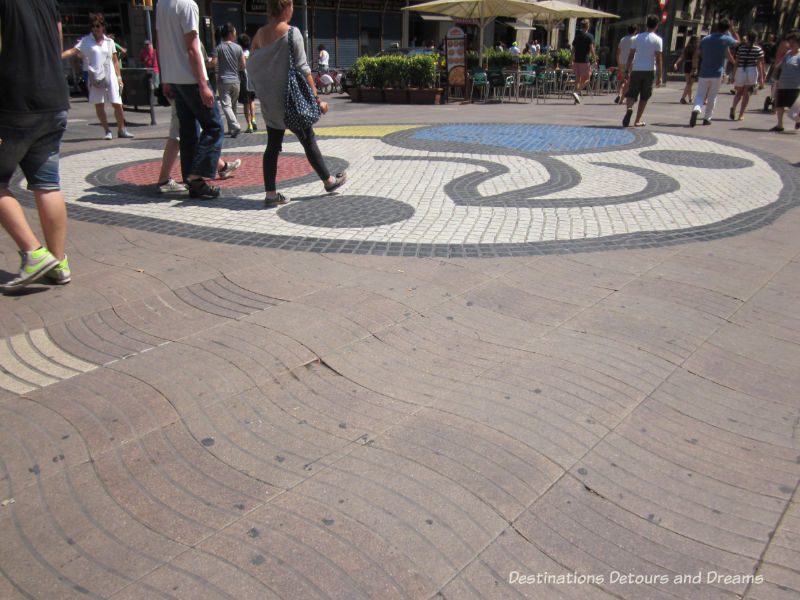
Today, you’ll find stalls and cafes along the boulevard. Newsagents, candy shops, flower shops, and even a couple of pet stores. You’ll find street performers, human statues, and distinctive buildings. It is a busy place.
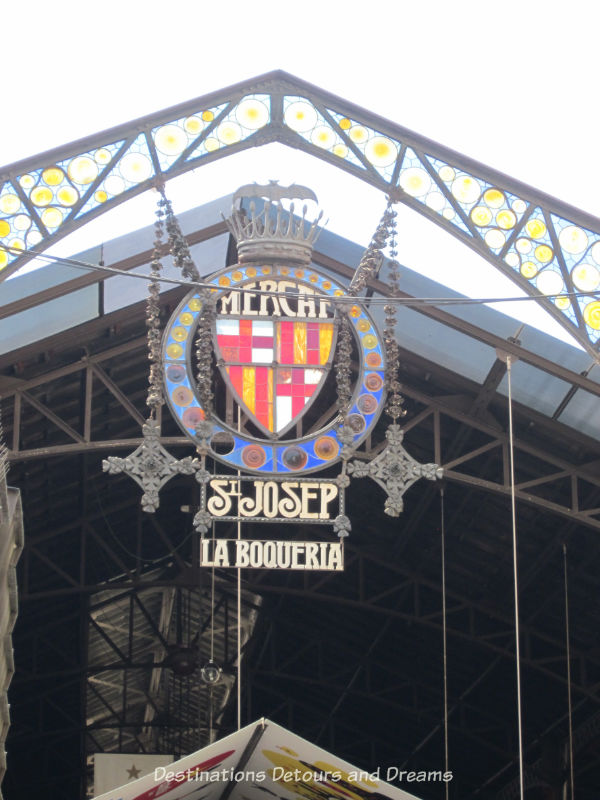
Near the midway point of Las Rambla is La Boqueria, a lively, public market selling meat, fish, fruits and vegetables, and specialty foods. Unfortunately, it was closed the day we walked Las Ramblas and I didn’t get a chance to explore it. It is closed on Sundays and public holidays.
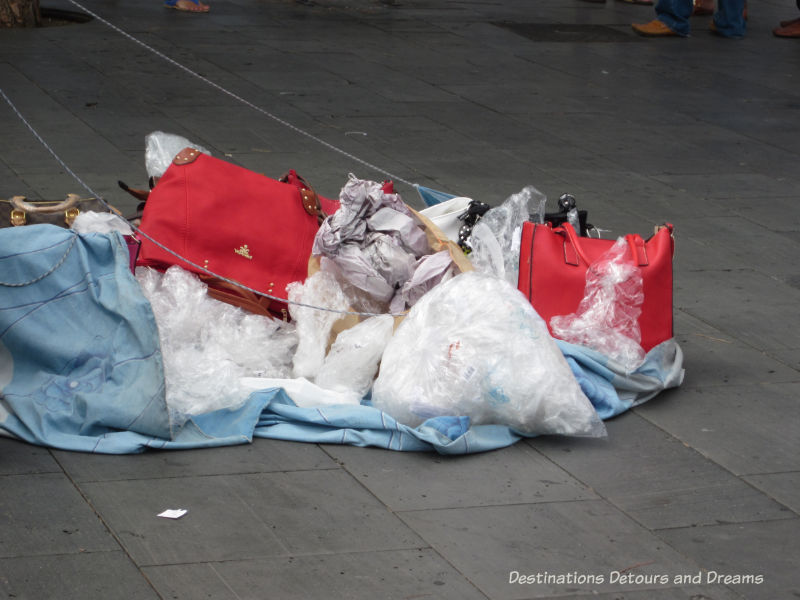
We encountered street vendors selling purses, scarves, and other goods in many parts of the city, but they were most prevalent on Las Ramblas. They spread their wares upon blankets laid on the pavement. The blankets quickly folded up, encasing all the goods, by pulling the strings sewn along the outside. The vendors vigilantly watched what was going on around them, even while dealing with customers. When a police car came by, they pulled the strings, instantly wrapped their goods into knapsacks, and walked away. A few minutes, later when the police were gone, they laid out their goods again.
Las Ramblas is one of the most popular, iconic tourist spots in Barcelona. It was fun to take this walk, but it was not the most interesting of my Barcelona walks.
The Gothic Quarter
The Gothic Quarter, Barri Gòtic in Catalan, is the heart of ancient Barcelona, where the ancient Romans built the town of Barcino, and where medieval Christians built their cathedral. It lies southeast of Plaça de Catalunya. Here you find the narrow winding lanes of the Jewish quarter El Call, which means “narrow passage”, and historic Catalan government buildings.
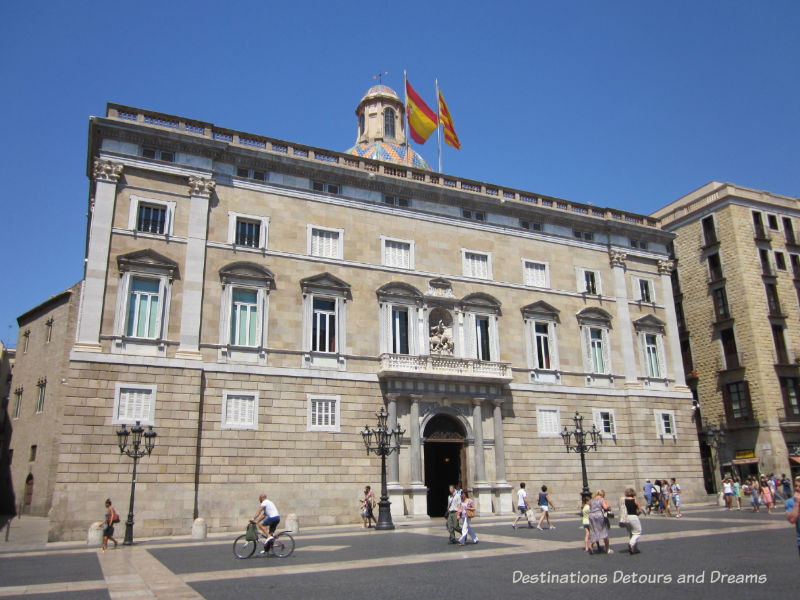
Palau de la Generalitat, the seat of the Catalan government was built between the fifteenth and mid-seventeenth centuries. The facade has a variety of styles.
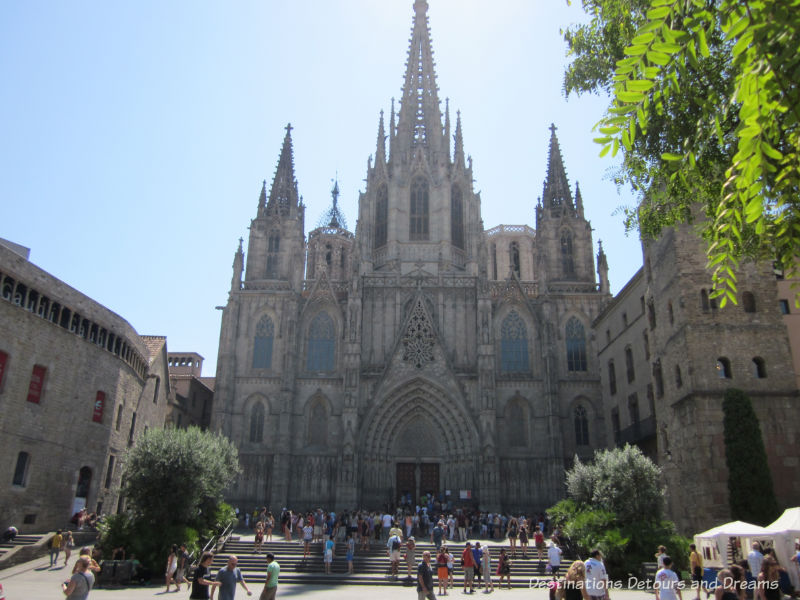
Barcelona Cathedral dates from the 14th century. The facade is typically Gothic, but not from medieval times. It is a 19th century Neo-Gothic reinterpretation. Entry is free in the mornings and early evenings. There is a charge to visit in the afternoon. Dress respectively anytime you visit, with covered shoulders and knees, or you will be turned away.
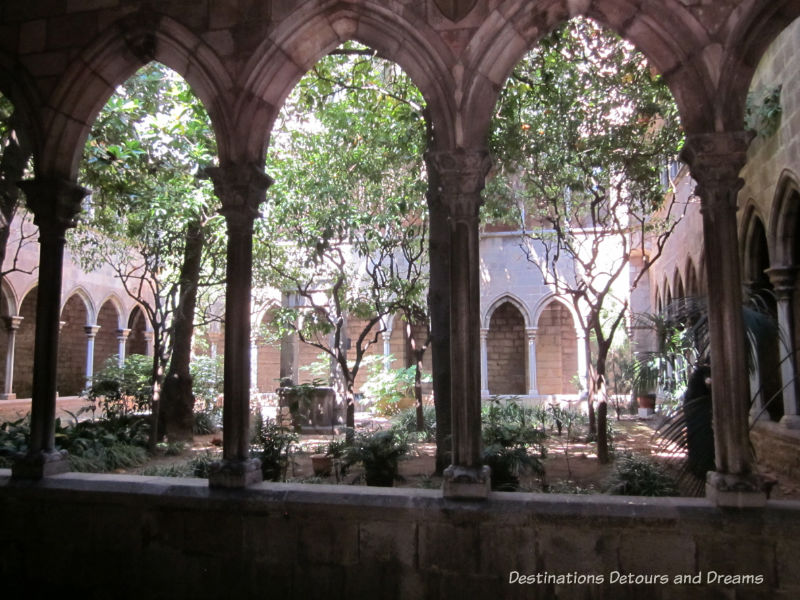
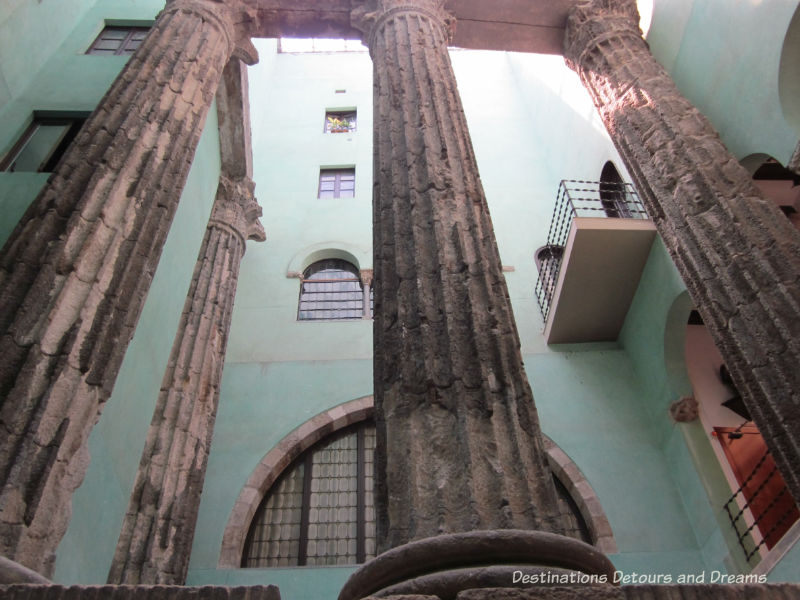
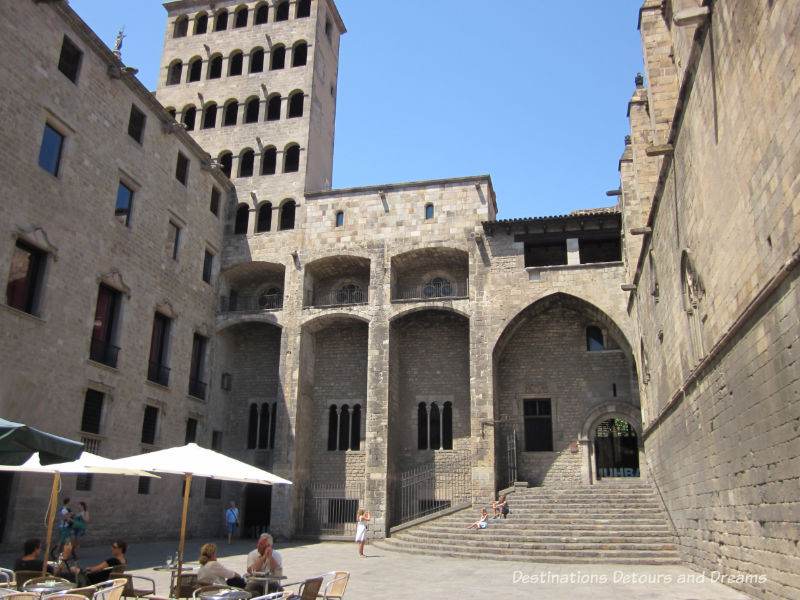
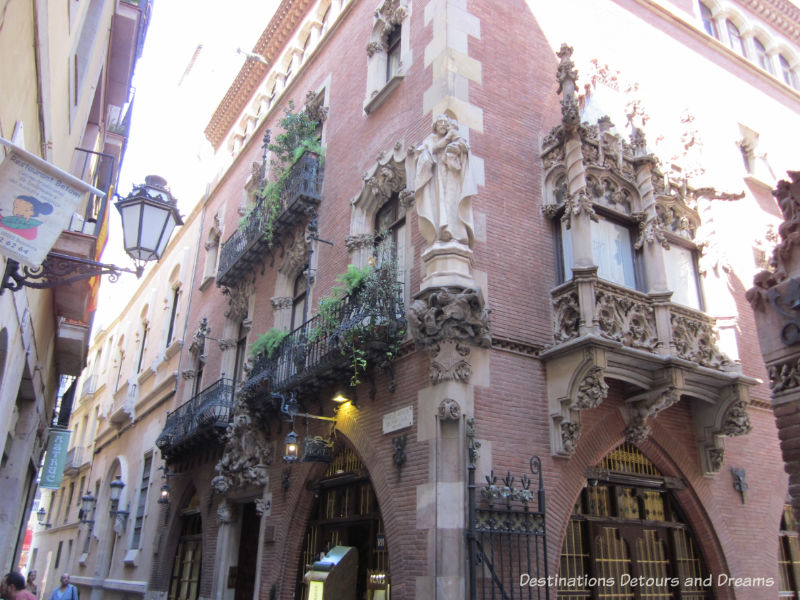
Els Quatre Gats is the famous bohemian hang-out frequented by Pablo Picasso and his friend. The name translates to “the four cats”. When the restaurant opened in 1897 and the proprietor told his friends he planned to stay open 24 hours, his friends said, “No one will come. It will be you and four cats”. Four cats is Catalan slang for “crazy people”.
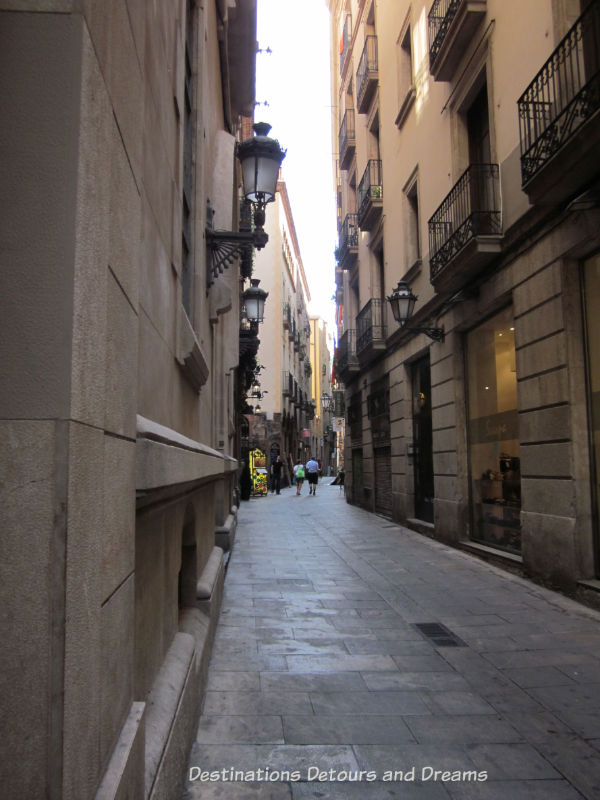
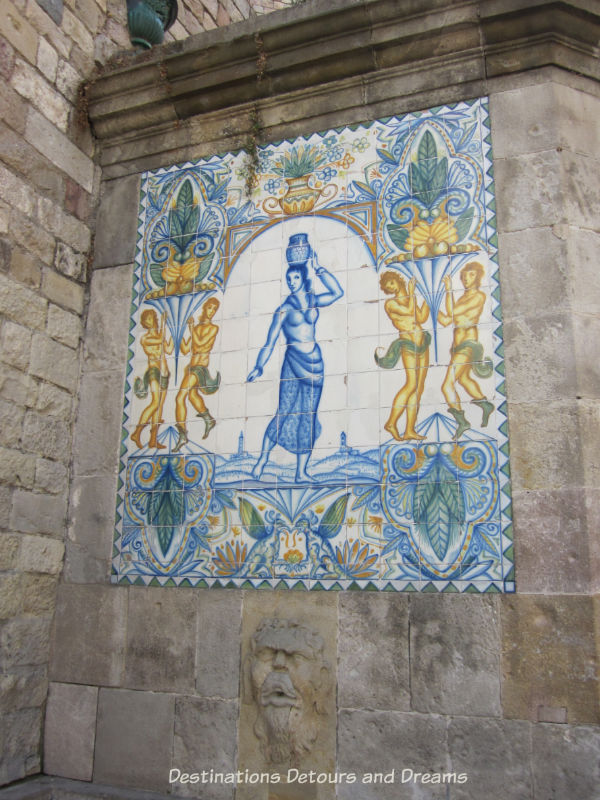
As we walked through the Gothic Quarter, we came across several street musicians, playing excellent Spanish guitar. The La Ribera district, with many artisan shops and the Pablo Picasso Museum, borders this area.
The Eixample District
The Eixample area contains many of Barcelona’s famous Modernisme buildings. The area runs north of Plaça de Catalunya. In the mid-1800s Barcelona was booming and the city expanded into this area. The expansion was designed as a grid of broad streets. Wealthy people bought the real estate and built mansions to show off their wealth and status. By snipping off the corners of buildings, octagonal squares were created at each intersection. Each block was designed to have the buildings on the outside and a courtyard in the centre, a kind of neighbourhood park. Today, many of these inner courtyards are car parks. The Eixample remains one of the city’s most desirable neighbourhoods.
In the Eixample area, you find the famous Block of Discord (Illa de la Discòrdia), one block containing distinctive buildings by three well-known Modernista architects.
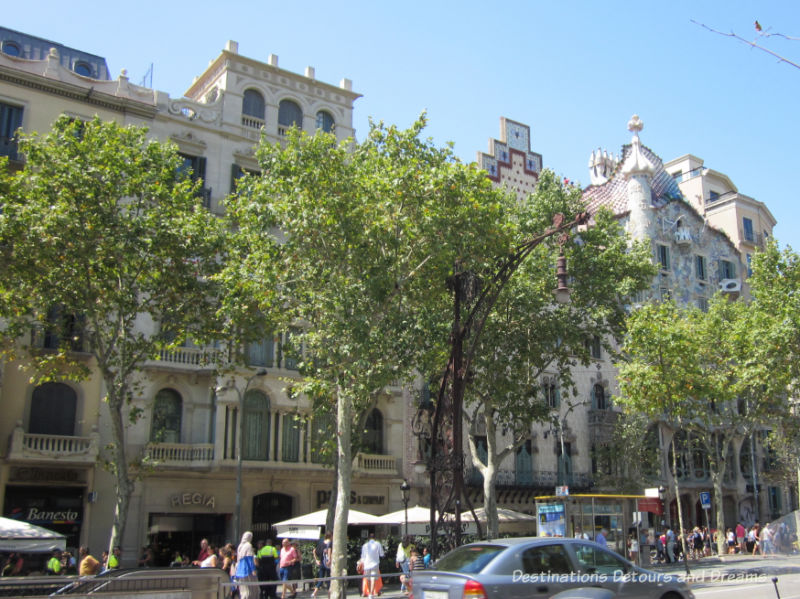
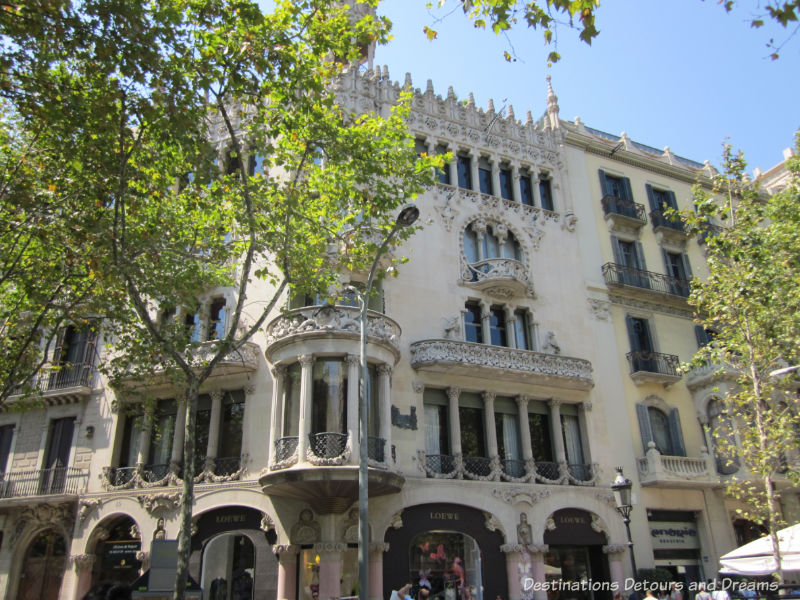
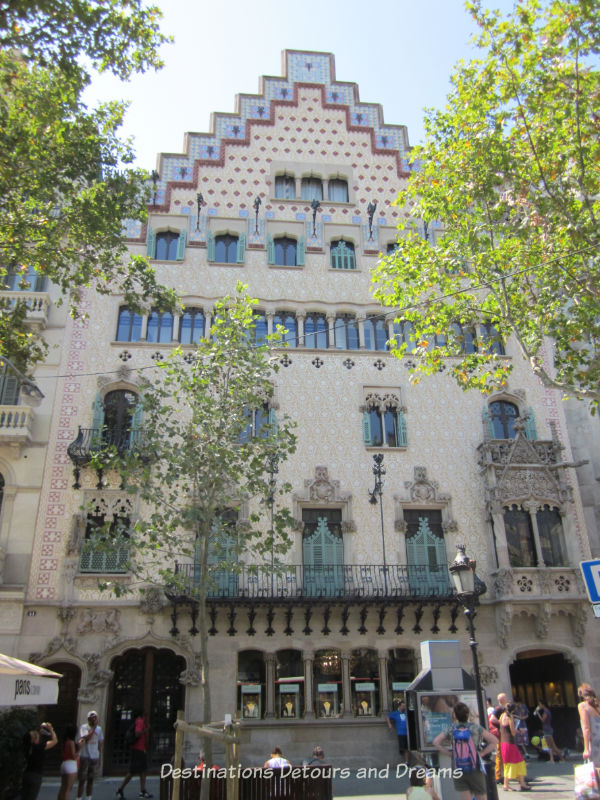
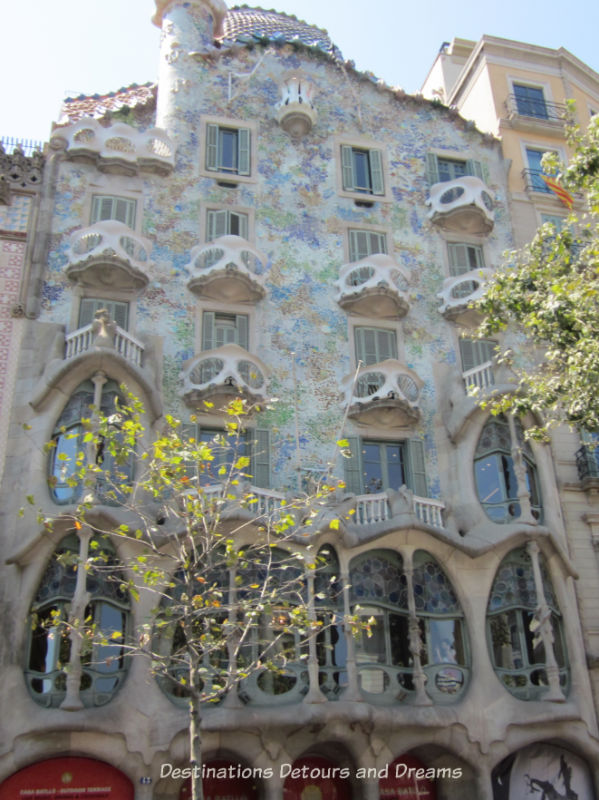
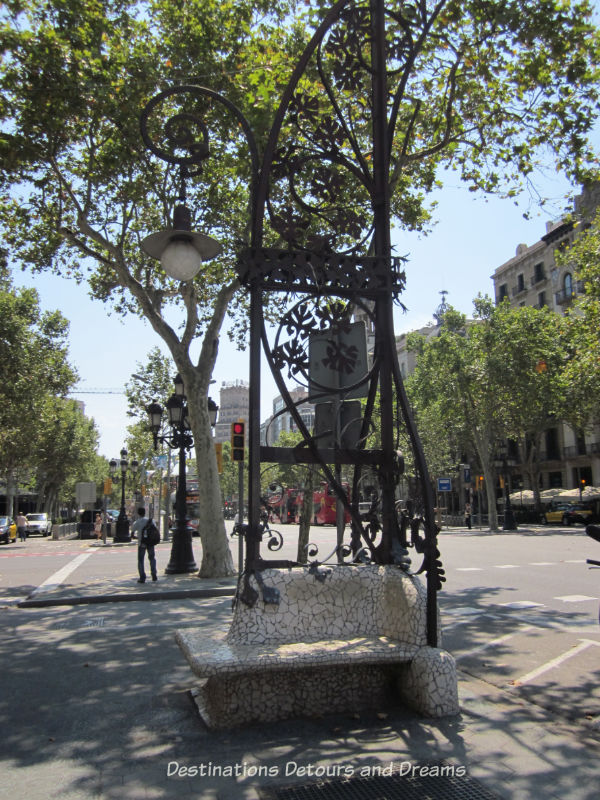
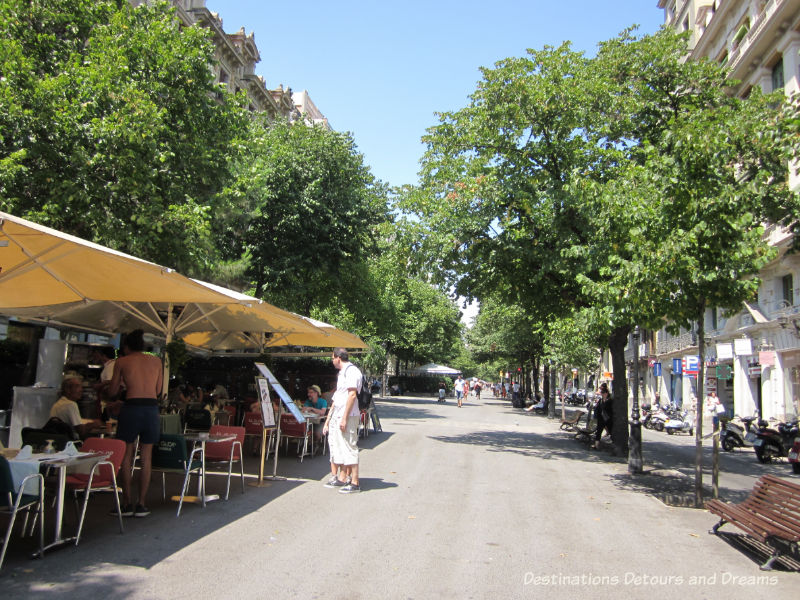
Rambla de Catalunya is the Eixemple area’s version of Las Ramblas in the old city, but it is quieter and more sedate, patronized by upscale, middle-aged Catalans. Expensive shops are found on either side of the promenade.
The Beach
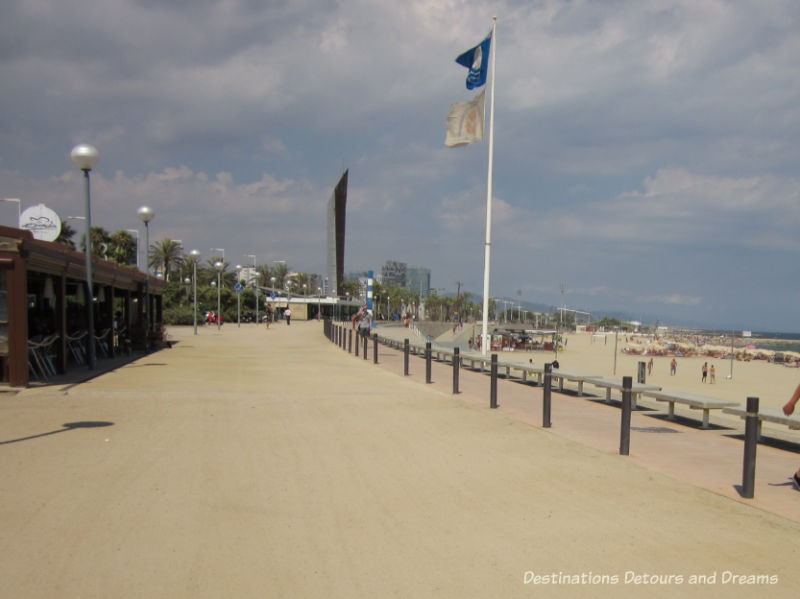
Barcelona has over 4 kilometres of beach, seven individual beaches, on the Mediterranean Sea. A walkway along the seaside connects each beach. Barceloneta Beach is closest to the centre of the city. It is the busiest beach, with many restaurants.
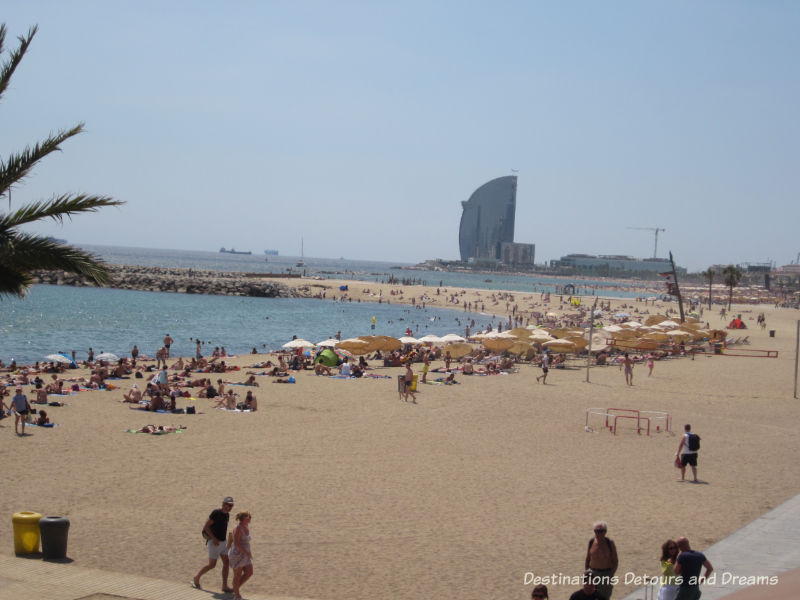
PIN IT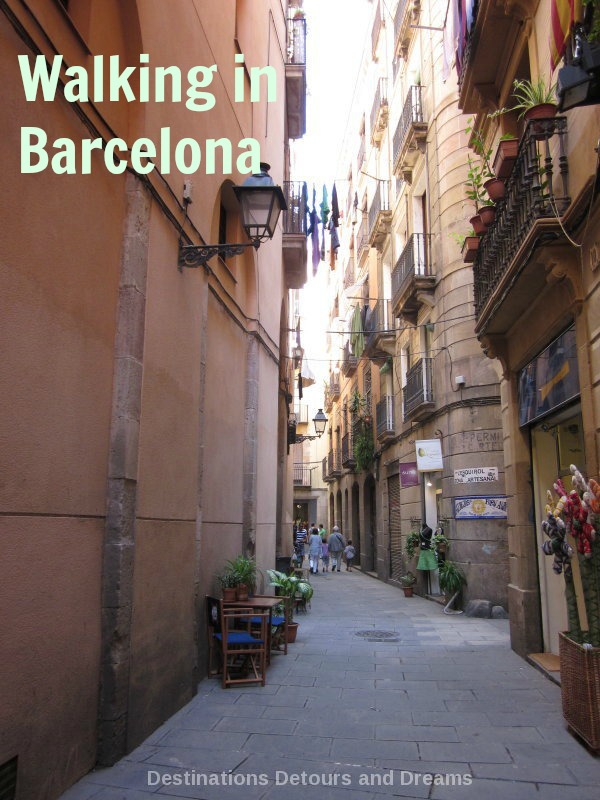
Get all the info! Destinations Detours and Dreams monthly e-newsletter contains behind the scenes information, sneak peeks ahead, travel story recaps and more. SIGN UP HERE

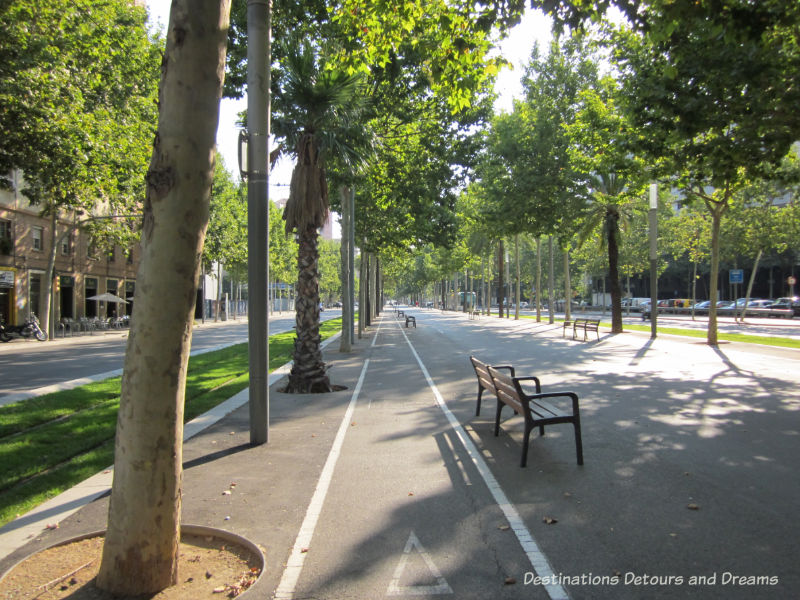
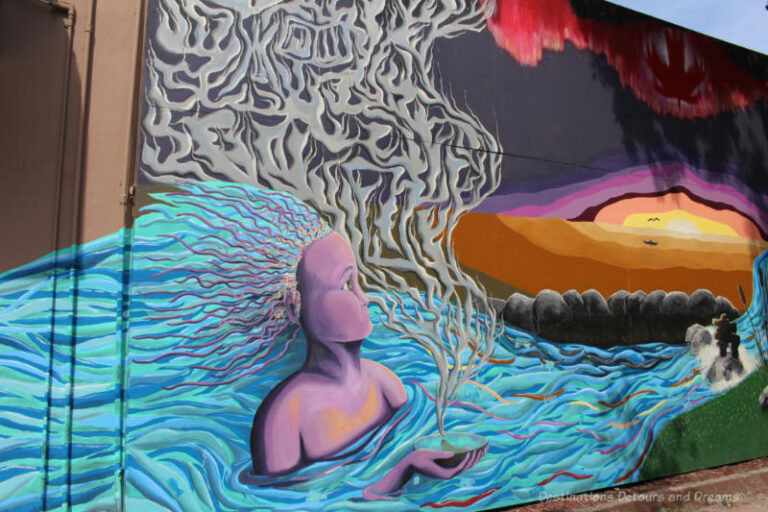
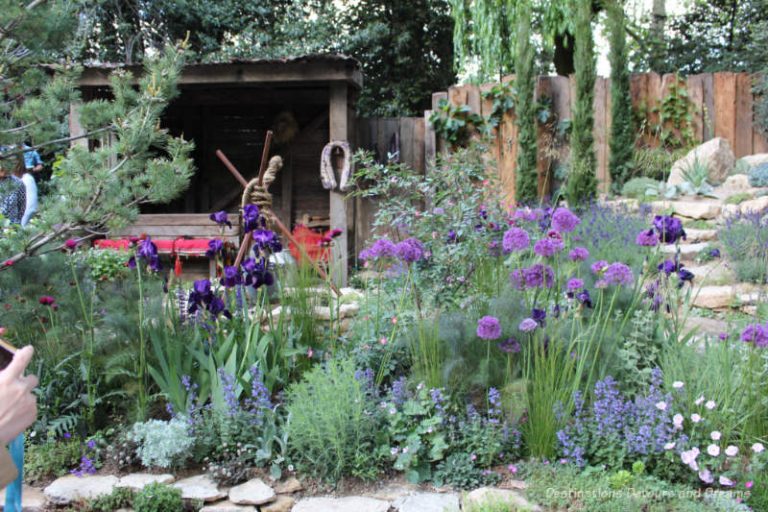
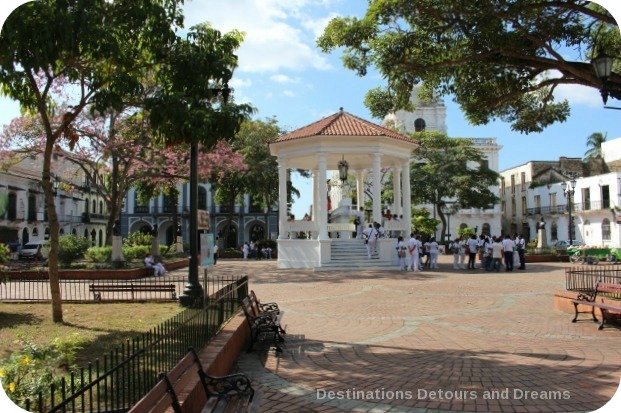
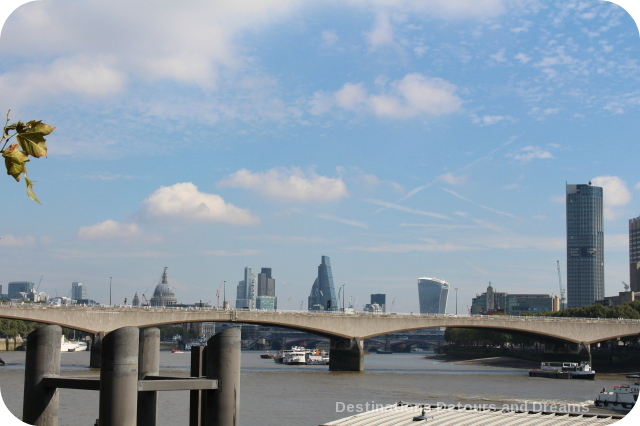
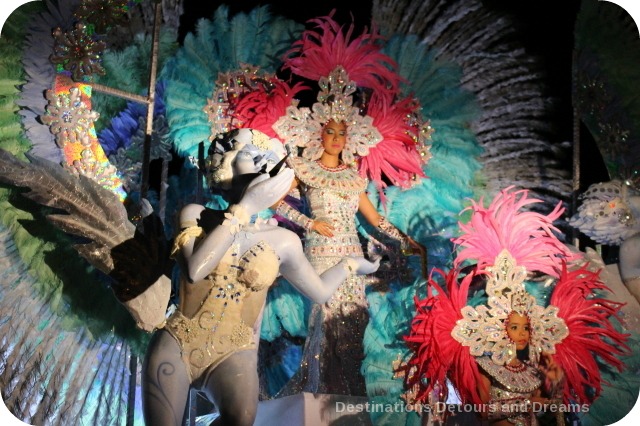
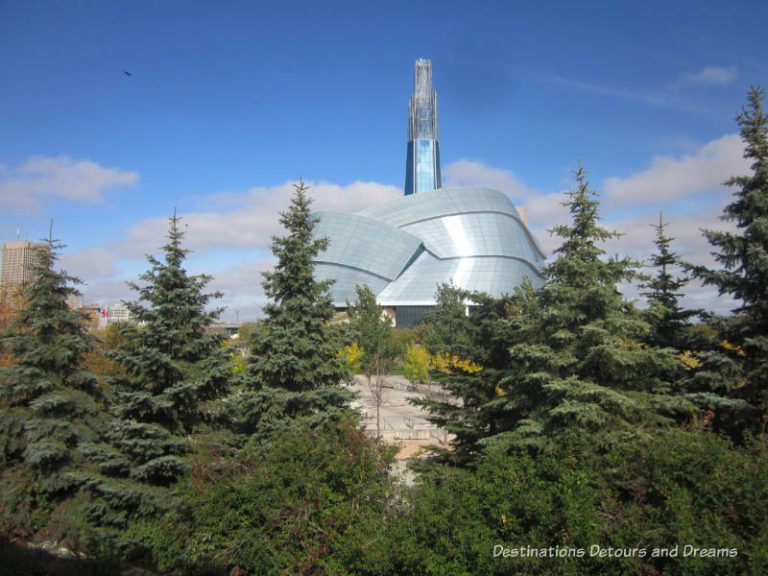
Barcelona is next up on my “big” trips list, but it will be at least 2 years before I get to go. Can’t wait!
I’m sure you love Barcelona when you get there. It’s a completely enchanting city with so much to see and do. And much of it is best seen on foot.